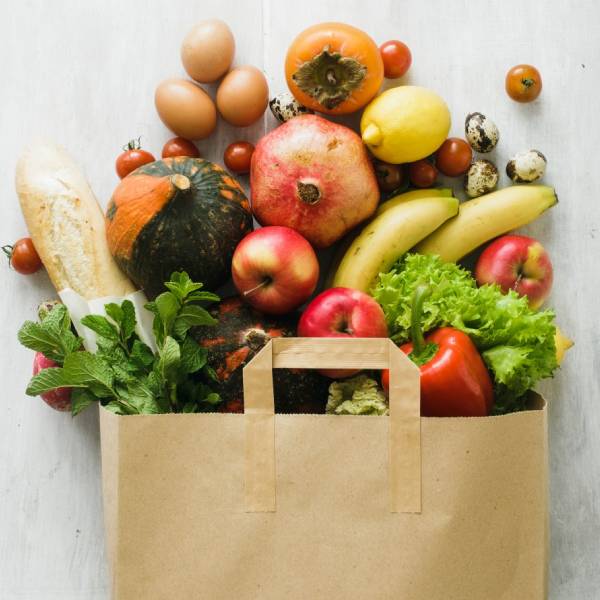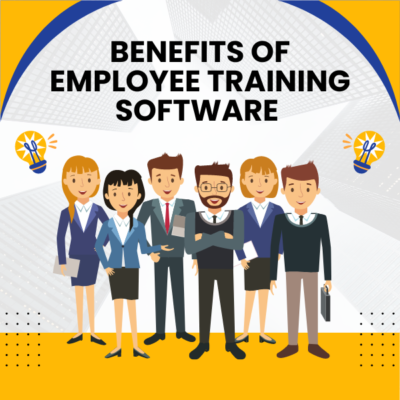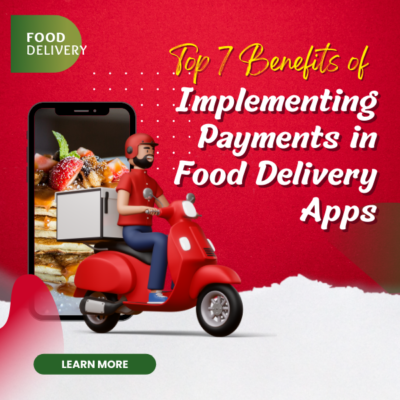We have now entered a new world, a post-lockdown period. Now we are leaving no stone unturned to follow social distance so as not to get infected from the coronavirus. In a bid to avoid social gathering, people are taking many necessary steps such as working from home, taking online classes instead of going school, and buying regular groceries and essential items online instead of going out.
The buyers find comfort & feel safe while buying groceries online rather than reach a brick & mortar grocery store where other buyers can accompany them. Buying grocery is a regular task; it is a need not a hobby. And despite so much evolution in the technology, there are still many challenges which are faced in grocery delivery services. We are going to discuss those challenges in this article in more detail.
Grocery Delivery Market Stats:
You would be surprised to know that in 2018, the online grocery delivery crossed the revenue of $17.5 billion in the US alone, and by the year 2021, it has been expected that online grocery will grow to nearly $30 billion. Now the stats may vary due to the pandemic. As the market is booming, the investors are also enticing from other fields as well. They are now investing in smart and featured-packed grocery mobile applications. But like every other business, there are some loopholes for obstacles in this business which we will be discussing in this article.
Challenges:
The most common challenges faced in online grocery delivery services are:
- High Storage and Delivery Rates
- Operating losses
- Inefficient Delivery
- Consumer Behavior
- Difficulty in providing service in small towns
- Changing Prices
- Customers are not tech-savvy
- Improper Stock Management
- Fruits & Vegetables Freshness issue
- Marketing Campaigns Cost
- Customer Loyalty
- Fluctuating Market Trends
We will discuss each of these points in more detail.
Storage & Delivery Rates:
There are many vegetables and fruits which can quickly degrade against unsuitable environmental conditions. Keeping these items into perfect storage requires more investments or storage & delivery infrastructure (refrigeration). With every year the cost for this making a more significant role in the budget after mobile app development of Grocery delivery business. Hence, it is required to find a way around this problem so that a considerable portion of money can be invested in other fruitful operation.
Losses in Operation:
Losses in operation are another significant toll on the revenue of the grocery delivery business. There are narrow margins, customers’ dissatisfaction, perishable groceries management and many other activities which give losses in the industry. In fact, at the initial stage, when the business is just begun, the operation costs can be more than the revenue of the business. However, if you incorporate smart business strategies in your business by consulting professionals, you can minimize the operating losses.
Inefficient Delivery System:
Delivery is the most important and most challenging task in the grocery delivery business. The customers expect a very fast delivery after making an order. The customers expect same-hour delivery. Products quality, time and delivery cost are critical factors of a delivery system. These are the major challenges which are encountered by grocery delivery services:
Direct Delivery: In the direct delivery method, the customers make orders for their groceries through the grocery marketplace. The owner marketplace would be responsible for the expenses of storage warehouses and delivery. Mostly these storage units are located at the outskirts of the city whic make one-hour delivery a major challenge. To avoid this, the marketplace owner can propose a minimum order value and option of free shipments. They can introduce an option of the same hour or same-day delivery at some extra charges.
Click-and-Pickup: This method is useful for those customers who are able to make an order and pick up the items from the marketplace. They can choose for a particular date & time for pick-up. At the moment, the warehouse executive will prepare the order and notify the customer through the app whenever the app is ready. Here the only challenge is that the customer must be informed about the scheduled pickup, and labour should be appointed to ensure proper packaging of the items. It will also help in avoiding delivery costs.
Partnered Delivery: This constitutes of both self-pickup delivery model and direct delivery model. In this, the customer can either choose for pick-up or delivery at his address. They will get info when the order will get deliver or is ready to pick-up. The challenge here is that the service provider is to ascertain whether the associated stores have ample stocks.
Customer Behavior: It doesn’t matter that how many grocery delivery businesses are opening, and what convenience they are providing to the customers, some customers will still prefer by the traditional method of going out to a grocery store. It is human nature to buy the groceries after confirming from their own eyes. As per research, only 4% of customers in Los Angeles and 16% in New York buy their groceries through online service.
Difficulty in doing business in small towns:
For most people in small towns, grocery shopping is like a hobby or time-pass activity as they don’t have regular access to other sources of entertainment. Also, the grocery vendors are not far away in small towns, so people are scared of traffic jams or any other hassle. Hence, they will not find any interest in buying groceries through a mobile app. Also, a grocery delivery business runs on very narrow margins and gets profit by huge sales which are not possible in small towns. Lastly, investors don’t find much interest in investing money for services in small towns.
Regular Changing prices:
The grocery market is prone to regular changes in the prices of vegetables and fruits. Even brick & mortar stores are prone to this issue. The price changes affect the profit margin of the business. Proper and sustainable management need to also face this challenge
Non-tech-savvy customers:
Not every household caretaker is tech-savvy. In fact, most of the households are managed by women and women mostly don’t find apps convenient for households. Henceforth, if you want to attract non-tech users to your app, you should keep the app simple to use.
Improper Stock Management:
If the inventory or stock is not upheld properly it will affect the customer shopping experience with the application. And you must know that a dissatisfied customer impacts other hundred customers which is definitely not something you want. To resolve this problem, you should hire expert grocery app developers who will integrate automated inventory management. It will not only help in managing the
inventory but will also make the process smooth and efficient.
Quality of fruits and vegetables:
Fruits and vegetables are perishable items under environmental conditions. Storing, managing, and delivering these items is something tricky to deal with. As the customer expects delivery of fresh fruits and vegetables, satisfying the customer is a very sensitive goal that must be achieved at any cost.
Marketing Campaigns Cost:
Another big portion of the budget goes into marketing and advertising of your business. The investors have to spend a great deal of money for attracting visitors on their app and boost sales of their online grocery business.You can’t avoid this expense but what you can do is to maintain ROI of the money you are spending on marketing. The goal is to maximize the ROI and increase the visitors as much as possible by adopting the best marketing methods.
Customer Loyalty:
You can’t buy customer loyalty by investing but by providing great customer service. Give your users a smooth grocery shopping experience, easy payment methods, and efficient delivery services. In addition to this, you can also include customer loyalty programs which will help you in retaining more customers. As in online business, poor reviews and ratings will force the users to switch to your competitors’ app.
Fluctuating Market Trends:
Change is the only thing in the market which is constant. You should keep noticing what is new technology evolving in the market such as voice search, image search, smart search, offers, discounts etc. The customers are using many other apps so they expect from you to deliver the same level experience.
Wrapping Up:
An online grocery delivery business has a huge potential. The shift of shopping trends has increased the demand for grocery delivery mobile apps and paves a great opportunity for startups, traditional grocery stores, and tech companies to build their own grocery delivery mobile app. While online spend on groceries remains relatively low, the number of people who have actually tried a digital grocery service is far higher. At Emizentech, the best e-commerce application development company we are having expertise in developing these on-demand grocery delivery apps. Let us know your requirements and we will turn into reality.



